Tilda Swinton was absolutely right when she spoke recently about the importance of supporting small cinemas across Scotland, as the recession bites and an increasingly chill wind envelops arts and culture.
The Nairn-based actress added that picture houses risk going to the wall if everybody relies on streaming services for their latest TV and movie releases, but you could say the same about art galleries, museums, theatres, libraries… any public space which has the potential to shine a light on the world and inspire imaginations, but not if they become empty symbols of a society addicted to ordering everything from Netflix and Amazon.
The Belmont Filmhouse in Aberdeen closed its doors in October. Eden Court in Inverness announced last month that it was cutting 10% of its workforce and reducing its opening hours by 20% to tackle the cost-of-living crisis. Myriad other organisations are on the precipice, struggling with energy costs and other bills, even as they strive to persuade cash-strapped audiences to return in pre-Covid numbers.
Some theatres are being buoyed by their annual pantomimes which bring folk of all ages and backgrounds to watch stage productions, but even if the crowds shout “He’s behind you”, the same can’t be said for the problems faced by arts groups in the region.
The fate of the Belmont was a case in point. In the days after news emerged of its peremptory closure, many Aberdonians expressed shock and anger at the cinema’s demise. Yet how many of them had actually been inside the premises in the previous 12 months?
Several colleagues told me: “I used to love that place,” but the emphasis was on the words “used to” and that complacency contributed to its downfall. It was a stark reminder of the truism “use it or lose it” and it won’t be the only casualty.
So what’s the answer as the cultural sector searches for a lifeline? Charlotte Mountford, the director of the Lyth Arts Centre in Caithness, is among those who believe it’s about reconnecting with the public, preaching to the unconverted and sending an affirmative message that a theatre or gallery is often a pivotal part of the community.
She said: “The festive season is usually a period which many cultural organisations rely on to make income to support them for the rest of the year. With running costs at a record high and uncertainty ahead, visiting your local theatre over the next month is a great way to show your support.
“Whether it is coming to see a family Christmas show, purchasing tickets now as a present that can be enjoyed later in the year or even just popping in for a coffee as a break from the shopping, local public support is needed more than ever.”
The situation has been exacerbated by families everywhere having to trim their cloth and reduce spending on anything regarded as a luxury item. If the venues themselves are toiling to balance the books, so are their potential customers. A toxic combination.
Alex Geddes, the operations manager at Peterhead Prison Museum, is among those who are grappling with a tightrope act of which Charles Blondin, the aerial Harry Houdini, would be proud. Yet, no matter the difficulties, there’s also defiance.
He said: “As the sector moves on from two years of negative Covid impact, we have now suffered this year from the effects of the cost-of-living crisis.
“To support our amazing visitors, we have resisted raising our prices even as we are being faced by constant increases from our suppliers. We really hope visitor numbers will increase over the coming low season, so that we can guide a safe path into 2023.”
That sentiment was echoed by John McLeish, the chief executive of the Gordon Highlanders Museum, which is a five-star visitor attraction in Aberdeen.
He said: “These are difficult times with the impact of the rising cost of living and energy crises affecting everyone.
“Museums are not immune to this and having survived the impact of Covid lockdowns, we are now facing a new pressure in the form of rapidly increasing costs, with energy costs in particular causing problems for organisations who need to maintain suitable conditions for visitors and the collections they look after.”
It’s a familiar picture across the worlds of arts, culture and hospitality. There is no magic wand, no genie in the lamp or anything else you might find in a panto script. But there is an unambiguous unanimity in the reaction from those at the sharp end.
Ruth Cox, the curator at the Gordon Highlanders Museum, said: “Museums engage visitors of all ages and promote a deeper understanding of our national and international historic, cultural, scientific and natural heritage.
We want to be part of the community
“We preserve collections of local and national significance and safeguard them for future generations. Our cafes are a place to go and where you can catch up with friends and family over a cup of tea and a ‘fine piece’. We are all very much a part of our local communities and want to remain so for a long time to come.”
There’s the fear of a domino effect with one closure sparking another and then a trickle turns into a flood. And what about libraries? How long might it be before they become the next victim as local authorities struggle to balance the books?
Best-selling author Peter May told me: “I have been a long-time critic of local politicians who take the easy option when faced with tough decisions on spending cuts – libraries being the soft targets at which they only too often take aim.
“After all, librarians aren’t the sort of people who take to the streets, or glue themselves to pavements. But it is also up to us, the public, to make good use of our libraries, and to demonstrate by sheer weight of numbers that we won’t tolerate their closure.”
It could be a long winter for many
These warnings arrive at a time when scores of community organisations are under the pump on several different fronts. History suggests that the public can rally to assist precious buildings in the towns and cities where they live.
But, if they don’t, the consequences are clear for arts and cultural venues and other places which offer a free or cheap ticket to a world of wonder.
Ultimately, after the fashion of the fabled old Kitchener First World War poster, they need YOU to pay them a visit and show faith in what they are serving up.
Or many of them will be following the Belmont into oblivion.
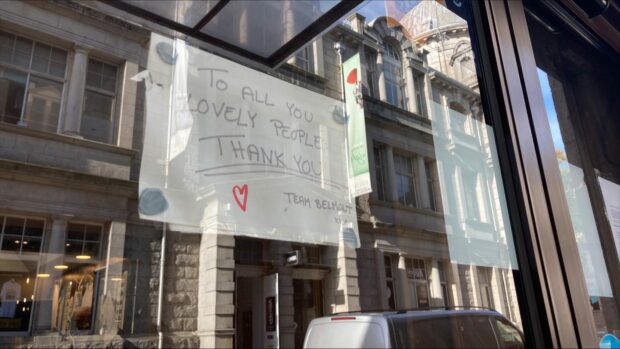
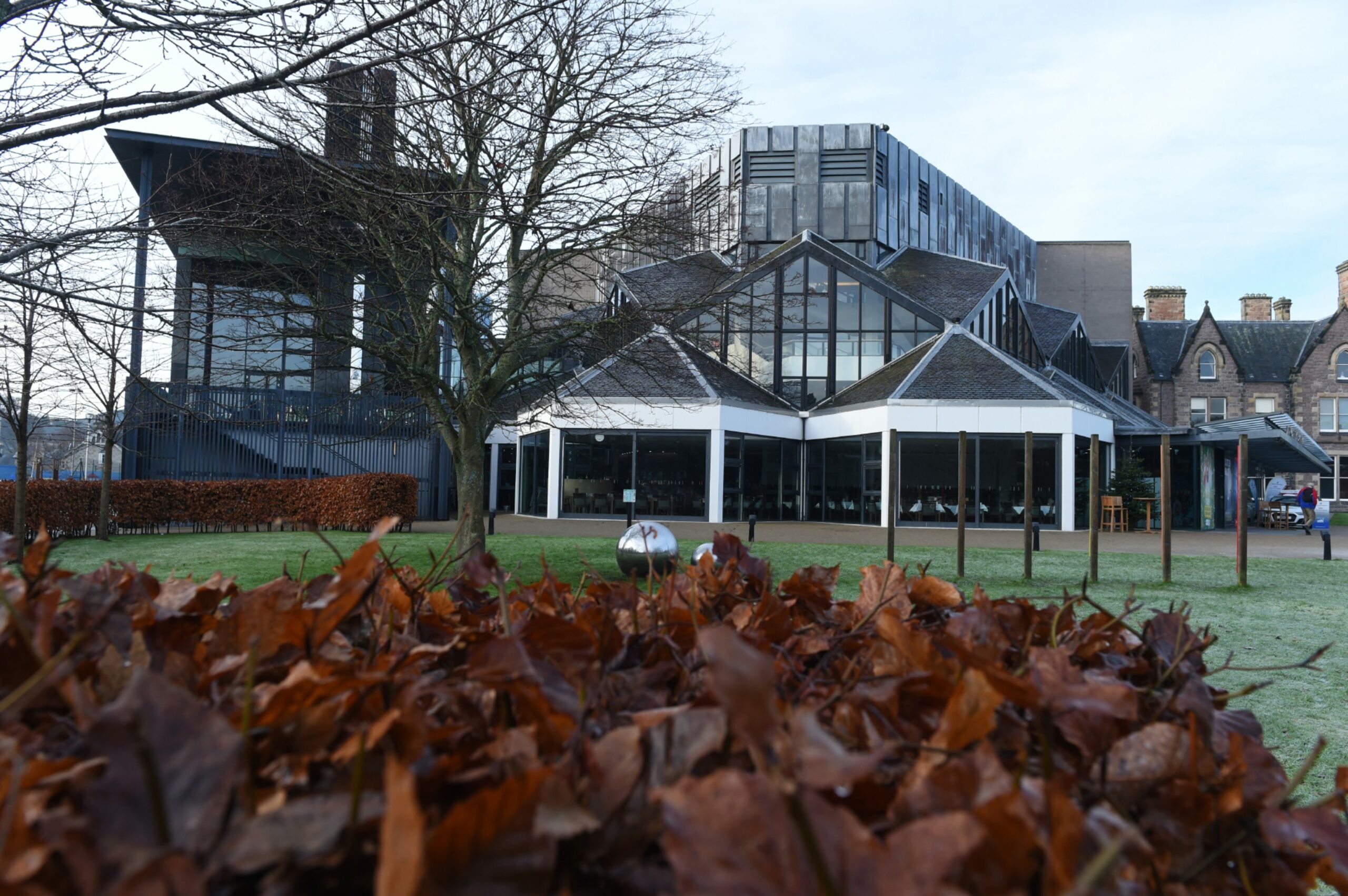
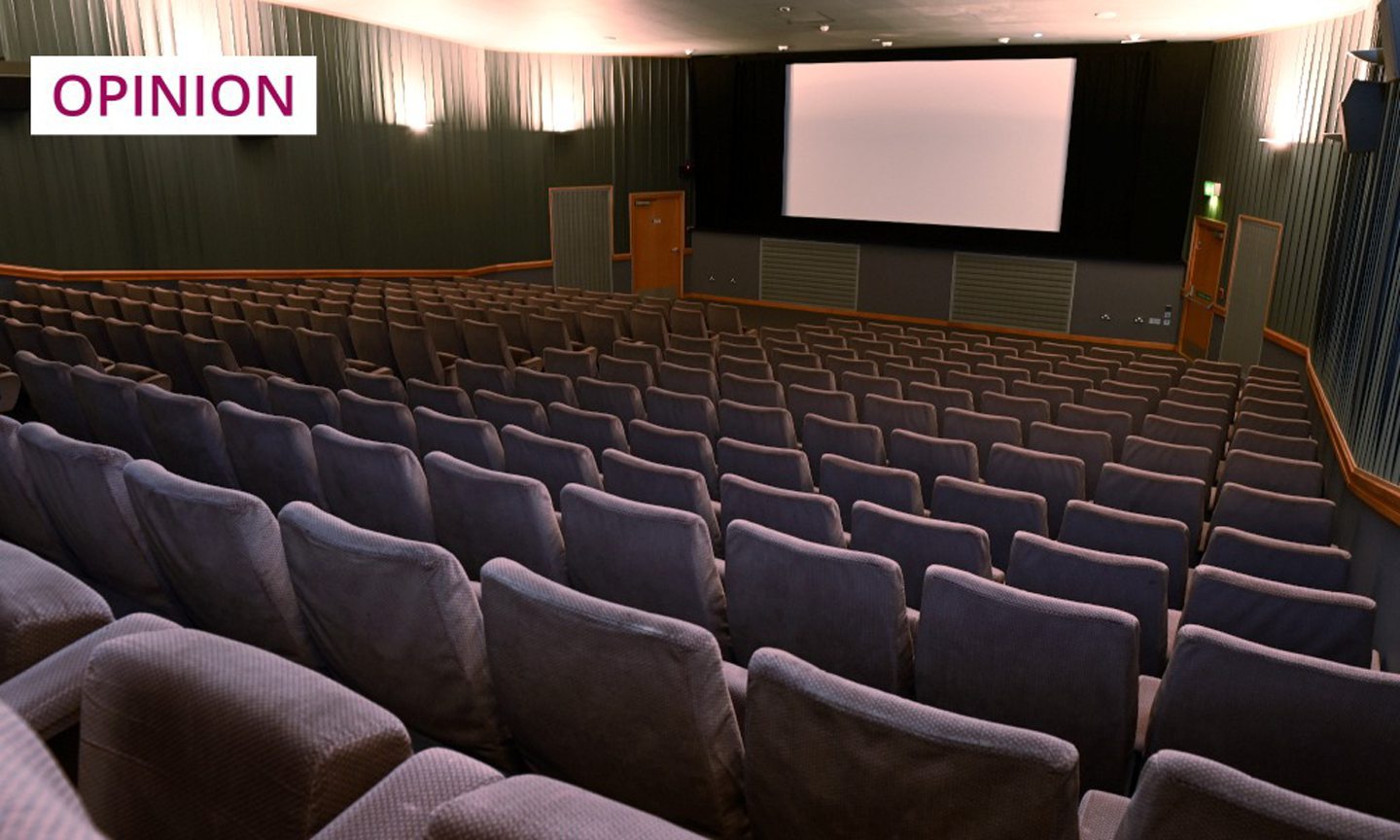
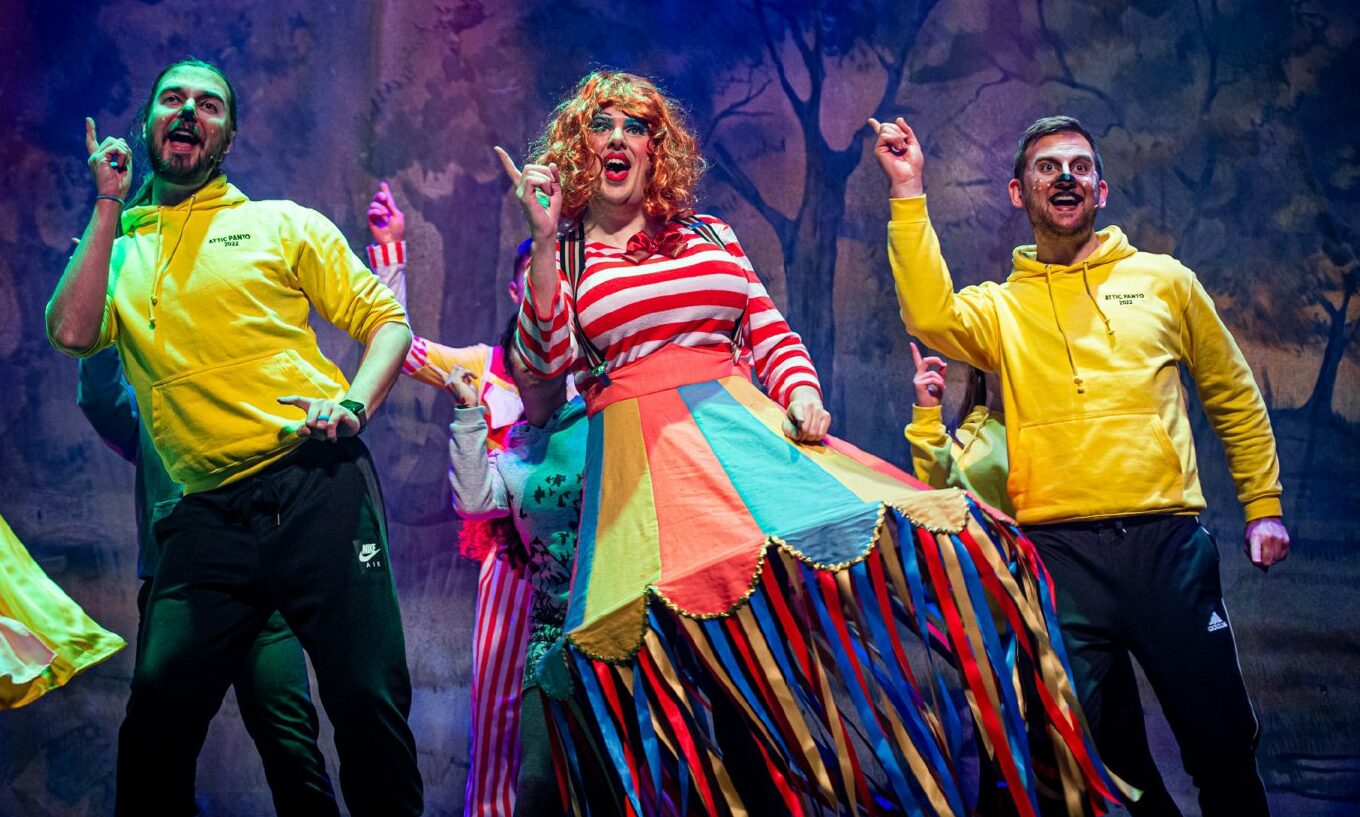
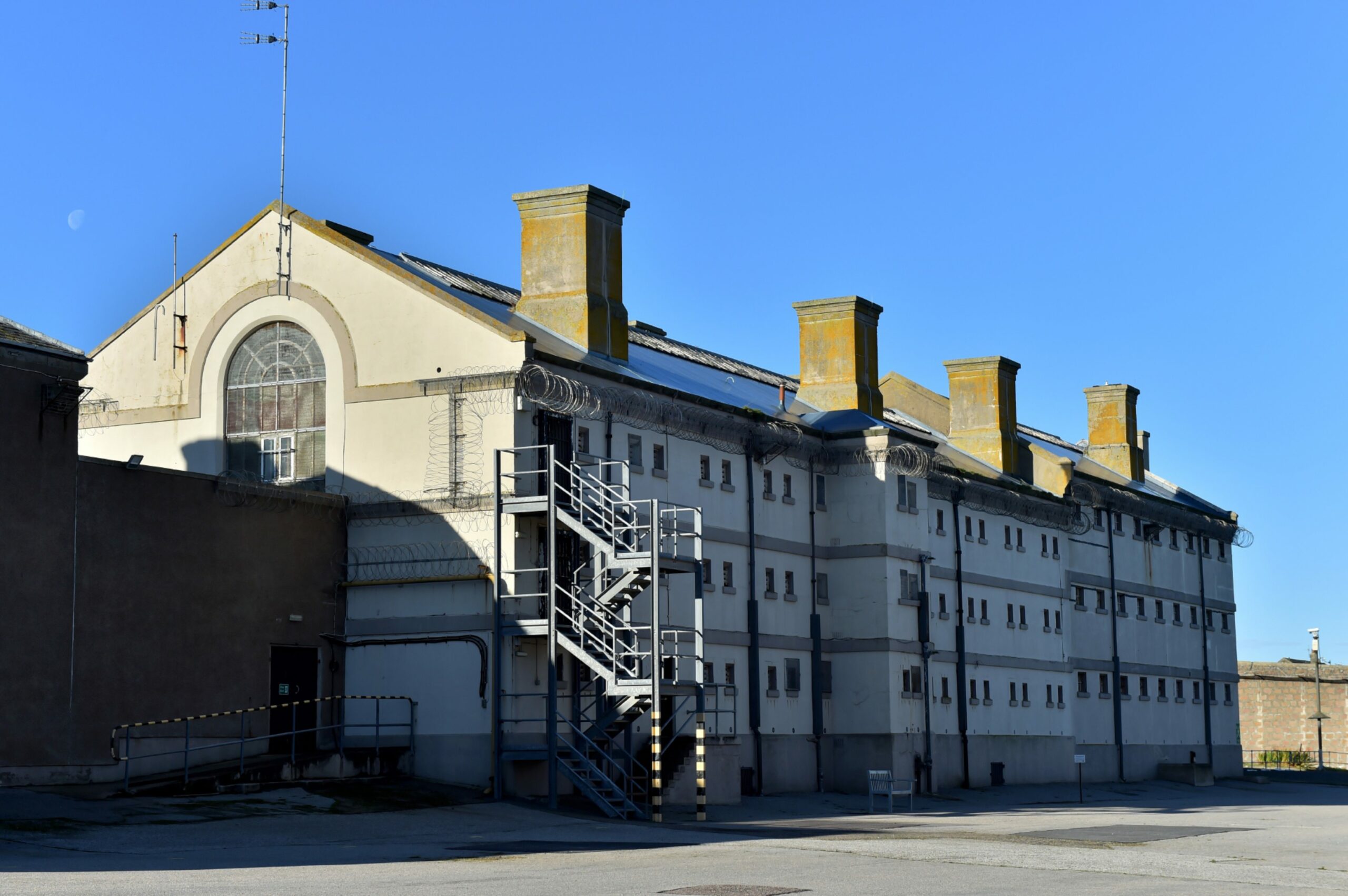
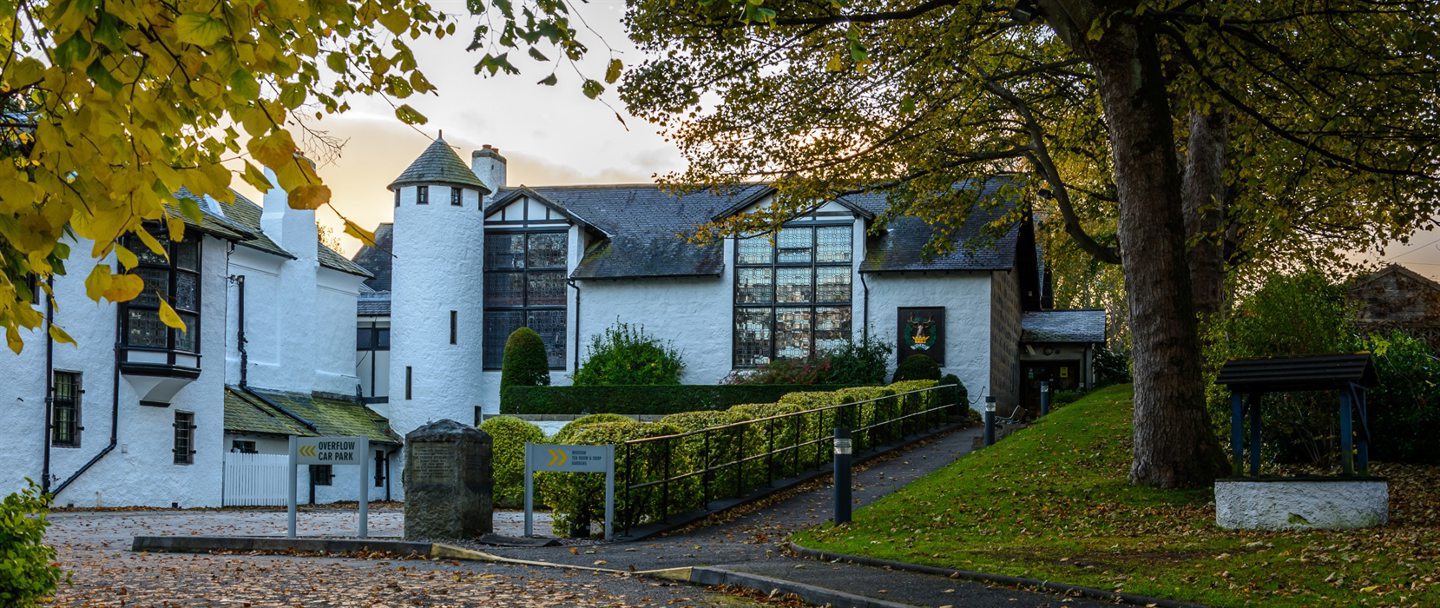
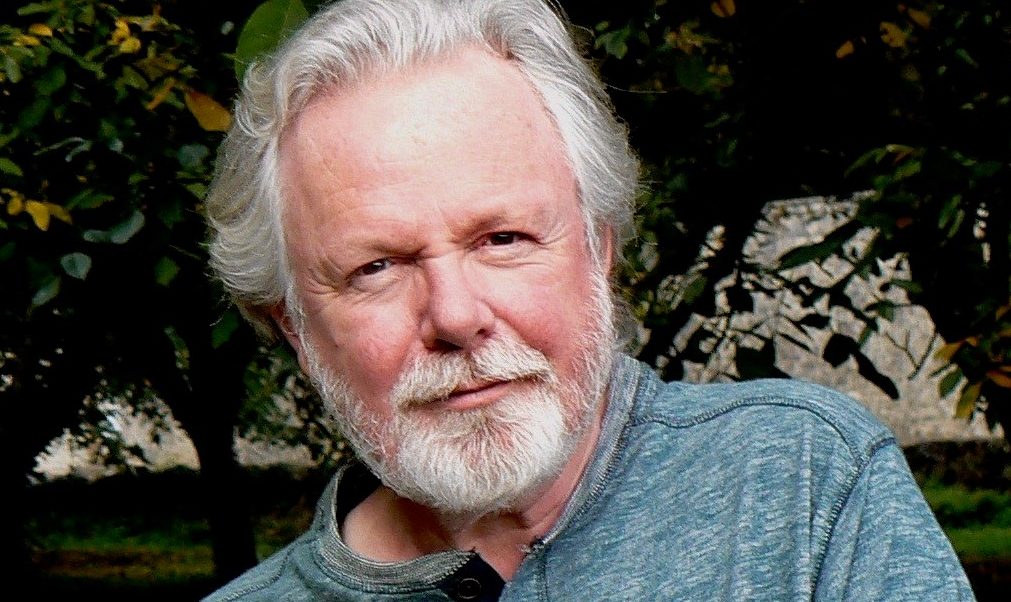
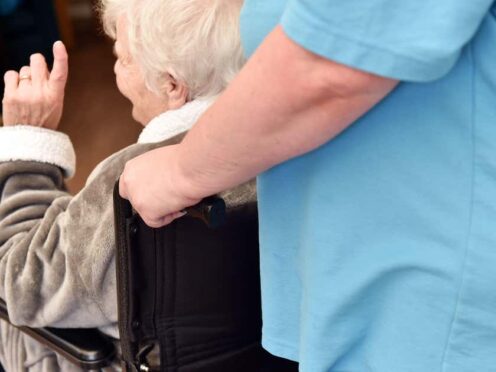









Conversation